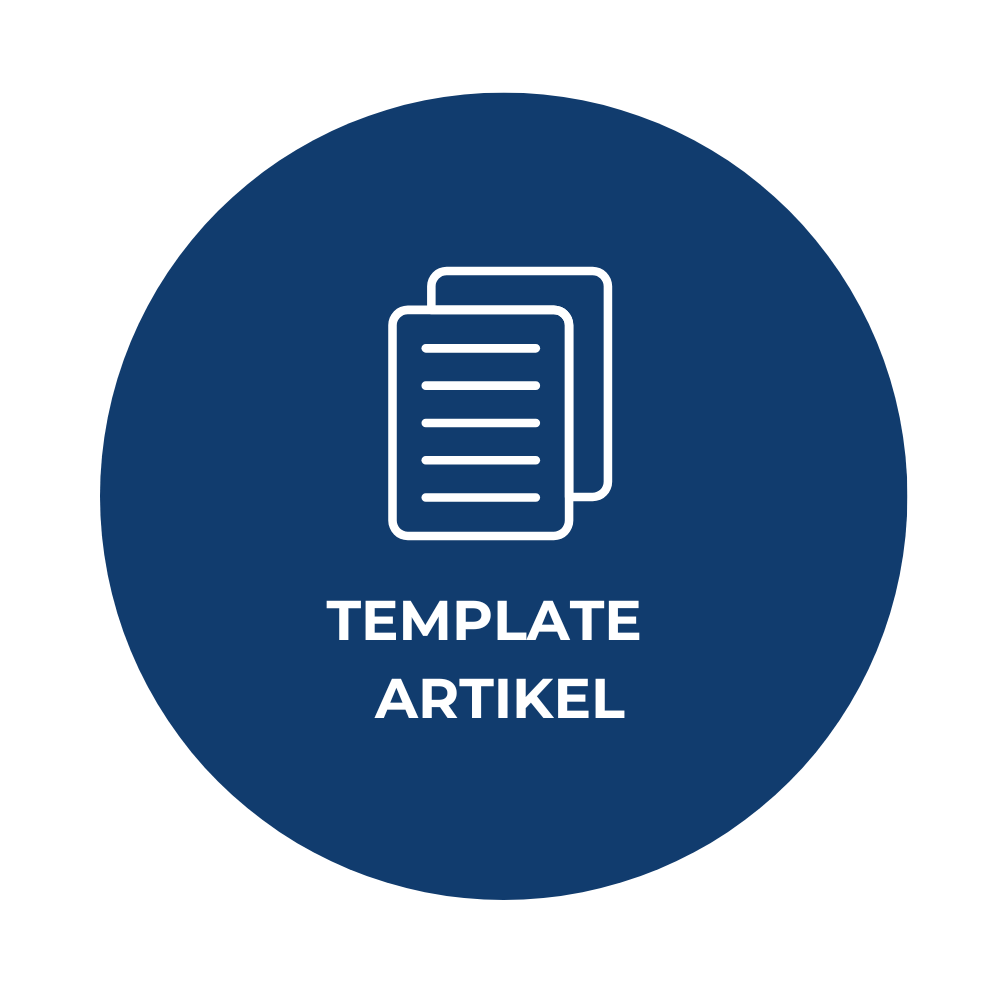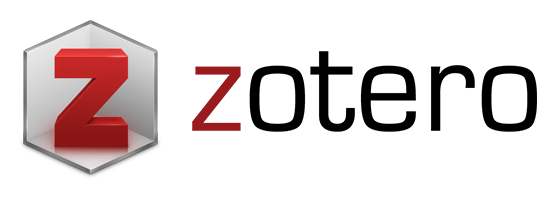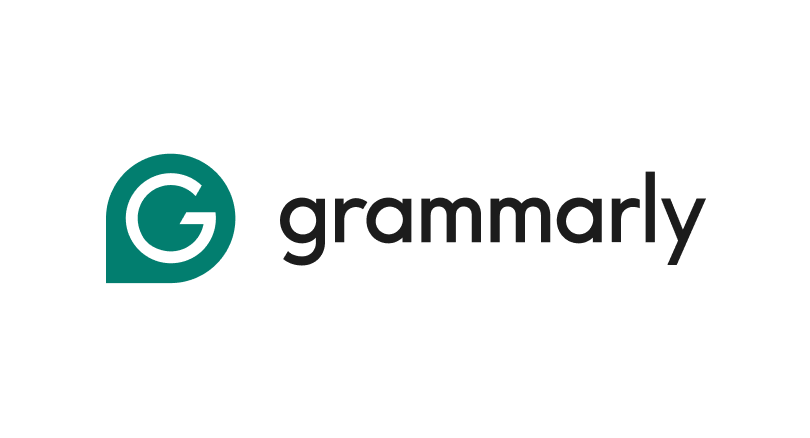Author Guidelines
Author Guideline
- The article has never been published by other media(s) nor in the process of being published in other media (s) or journal (s); must it not contain plagiarism.
- Author is not allowed to send the same article to other media(s) during the process, except the author has withdrawn the article and been granted a written notification from the editor.
- The article is written in the form of research (field or library study)
- The document is typed using Microsoft Words (doc/docx) with the following format: Calisto MT, font advanced scale 100, spacing condensed 0,3 pt., and normal position in A4 paper with space of 2.25 cm left, 2.25 cm right, 2.5 cm top, and 2.5 cm bottom, single space.
- Total pages are 12-16 including references and table(s).
- Title, abstract, key words, and body text are written in one column.
- Title, abstract, and key words are written in Indonesian and English.
- The article is written in Indonesian or English.
- Indonesian abstract must be placed below the English abstract.
- Referencing style is APA, author can visit (http://www.apastyle.org) for seeing examples of the reference style. Reference using the endnote application.
- Failure to comply with the author guidelines will result in rejection; resubmitting article is possible whenever guidelines have been sufficiently followed.
- Article will be handed to the editor(s) for further reviewed only when the guidelines are sufficiently followed.
- The author must revise the article whenever needed within the allocated time given by the editor.
- Editor has a privilege to edit the article, concerning its language, without changing the essence of the study.
- The article is to be arranged in the order as follows:
Indonesian or English title: comprehensive, precise, and short, the title is no more than 20 words including space. Article’s title, chapter’s title, and subchapter’s title are written in bold.
English or Indonesian title: (depends on the first title; if the first title is in Indonesian, the second title is in English.
Name and Author’s Address: complete name must be written below the title, without mentioning any academic degree or job position. The address of institution, phone number, and author’s e-mail address are written below the author’s name;
Abstract: (Indonesian) Abstract must contain the main objectives and restriction of the research, explain the materials and methods used, summarize the results, express the main conclusions. Calisto MT 11 pt, space 1, both margins justify, italic, written using Indonesian with a maximum number of words of 150-200 words in a paragraph without any references and citation;
Key Words: key words are placed below the abstract consisting no more than five words or phrases without full stop. Key words should represent the main concepts of the article;
Abstract: (English) Abstract must contain the main objectives and restriction of the research, explain the materials and methods used, summarize the results, express the main conclusions. Calisto MT 11 pt, space 1, both margins justify, italic, written using English with a maximum number of words of 150-200 words in a paragraph without any references and citation;
Key Words: key words are placed left abstract consisting of not more than five words or phrases without full stop. Key words should present the main concepts of the article.
INTRODUCTION (no subchapters needed): Introduction contains the background of the problem, explaining the phenomenon to be studied with the support of recent references (from the last five years) and must include relevant previous research results (as a comparison), either conducted by the author or by others, as well as explain the position of the research within that context (as the state of the art of the study). The introduction must include the following elements: (1) Background of the problem; (2) Social phenomenon; (3) Relevant theory; (4) Identification of the research gap or novelty accompanied by previous studies; (5) The researcher’s reasons for choosing the research object; (6) Benefits of the research; dan (7) Research objectives. All sources that are referred to or cited must be listed in the references. The introduction should not use subheadings, must not exceed 15% of the total manuscript body, and should be written in Calisto MT, 12 pt font, single spacing.
METHOD: The Methods section must be written concisely, clearly, and precisely. It should include explanations of: (1) Research approach; (2) Type of research; (3) Data and sources of data; (4) Data collection techniques; da (5) Data analysis techniques. The Methods section should not exceed 10% of the total manuscript body. It is recommended not to use detailed subheadings. The text should be written in Calisto MT, 12 pt font, single spacing.
FINDINGS AND DISCUSSION: The Results and Discussion section must address the research problems and objectives. The subheadings of Results and Discussion should be presented separately. The discussion constitutes the largest portion of the article, accounting for a minimum of 60% of the manuscript.
The Results section presents the data analysis. Authors may describe the research findings according to the objectives or problems being studied, based on the procedures outlined in the Methods section. Results may be presented in the form of tables, numerical data, graphs, verbal descriptions, characteristics, statistical analyses, or hypothesis testing, adjusted to the research design. Tables, graphs, or figures should not be excessively long, large, or numerous. Authors are encouraged to use variations of tables, graphs, and verbal descriptions. All tables and graphs presented must be referred to in the text. The format of tables is shown in Table 1. Tables should not contain vertical lines. The font size in tables and figures may be reduced if necessary.
The Discussion section is the most essential part of the research article. It should account for 60% of the entire manuscript. The discussion aims to interpret the research results in accordance with the theories used, rather than merely describing the findings. It must be enriched by referring to relevant studies previously published in scholarly journals. In addition, the discussion must demonstrate the novelty and significant contributions of the research. Discussions may be organized into sub-sections and sub-subsections according to the objectives and research problems in a systematic manner.
To ensure clarity, the Results and Discussion should include the following elements: (1) Presenting the findings; (2) Comparing the findings with previous studies; (3) Relating the results to the theoretical framework; dan (4) Addressing how the objectives outlined in the introduction have been achieved.
CONCLUSION: must address the research problem, research objectives, and include recommendations or research implications. The conclusion is not a summary, nor a repetition of the discussion. Paragraphs in the conclusion should use a special first-line indentation of 0.8 cm. The conclusion section should not exceed 5% of the total manuscript body. It should be written in paragraphs, not in numbered lists, and formatted in Calisto MT, 12 pt font, single spacing.
REFERENCES: must consist of at least 25 sources, with 80% being primary sources originating from research findings, ideas, theories, or concepts published in journals, either print or electronic (with a minimum of 5 journals indexed by Scopus). The remaining 20% of the references may be taken from books published within the last 10 years, except for classical (seminal) works that are used for historical review. IN ADDITION, AUTHORS ARE REQUIRED TO CITE 5 ARTICLES FROM DIALEKTIKA: Jurnal Kependidikan Kebahasaan, dan Kesastraan Indonesia. The writing of references and in-text citations must follow the APA (American Psychological Association) style. Furthermore, the use of reference management software such as Mendeley or Zotero is recommended.





